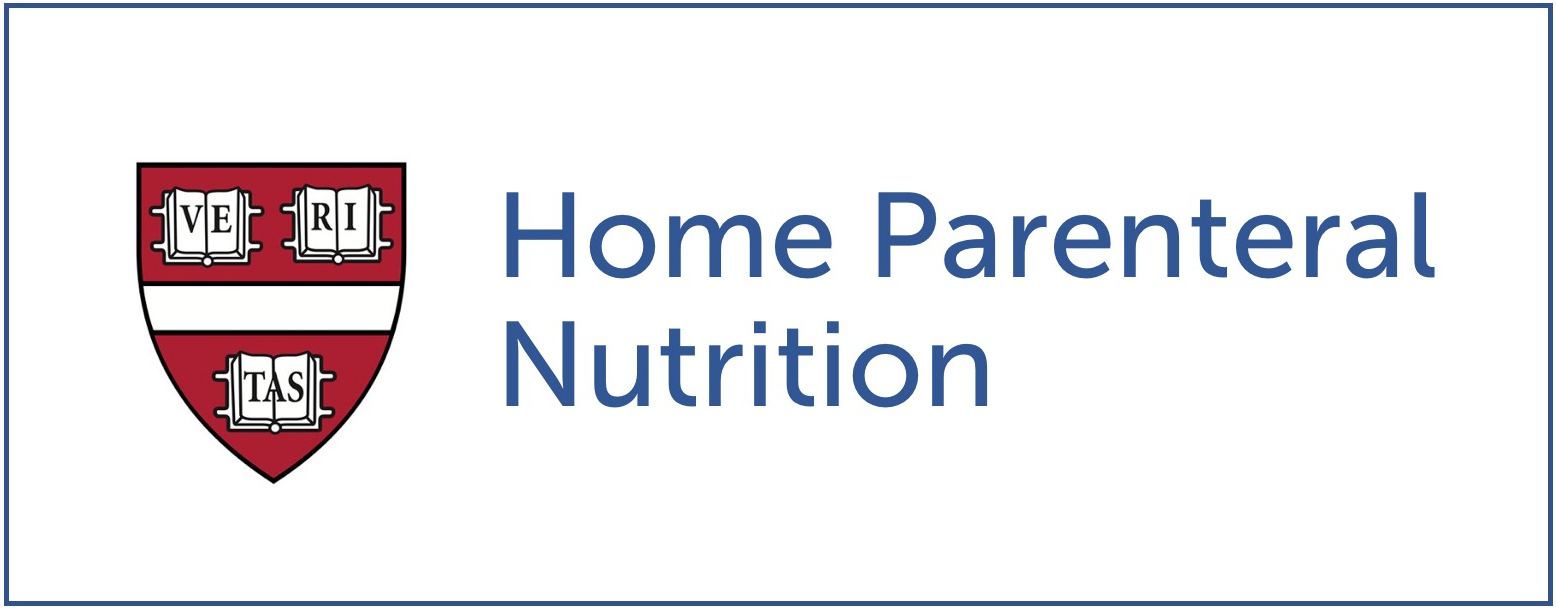
Population
- Home parenteral nutrition is a life-sustaining therapy provided to ~40,000 people in the United States.
Delegge MH. Demographics of home parenteral nutrition. JPEN J Parenter Enteral Nutr. 2002 Sep-Oct;26(5 Suppl):S60-2. Review. PubMed PMID: 12216724.
Total annual care
- In 2008, institutional costs were $296,808 per patient per year (60% related to inpatient care).
Spencer AU, Kovacevich D, McKinney-Barnett M, Hair D, Canham J, Maksym C, Teitelbaum DH. Pediatric short-bowel syndrome: the cost of comprehensive care. Am J Clin Nutr. 2008 Dec;88(6):1552-9. doi: 10.3945/ajcn.2008.26007. PubMed PMID: 19064515.
Central Line Associated Bloodstream Infections (CLABSI)
- In 2012, institutional costs were $10,196.
- In a retrospective review of our own instutitional data, the average cost was $38,249 in 2015 dollars.
Chang MI, Carlson SJ, Nandivada P, O'Loughlin AA, Potemkin AK, Cowan E, Mitchell PD, Gura KM, Puder M. Challenging the 48-Hour Rule-Out for Central Line-Associated Bloodstream Infections in the Pediatric Intestinal Failure Population: A Retrospective Pilot Study. JPEN J Parenter Enteral Nutr. 2016 May;40(4):567-73. doi: 10.1177/0148607114567897. Epub 2015 Jan 7. PubMed PMID: 25567785.
Raphael BP, Hazekamp C, Samnaliev M, Ozonoff A. Analysis of Healthcare Institutional Costs of Pediatric Home Parenteral Nutrition Central Line Infections. J Pediatr Gastroenterol Nutr. 2018 Jun 13. doi: 10.1097/MPG.0000000000002058. [Epub ahead of print] PubMed PMID: 29912033.
CLABSI prevention investments
- For each $100,000-increase in program cost for Inpatient CLABSI prevention strategies, there was a $315,000 associated savings.
- Cost effectiveness of ambulatory CLABSI prevention initiatives deserves further study.
Nuckols TK, Keeler E, Morton SC, Anderson L, Doyle B, Booth M, Shanman R, Grein J, Shekelle P. Economic Evaluation of Quality Improvement Interventions for Bloodstream Infections Related to Central Catheters: A Systematic Review. JAMA Intern Med. 2016 Dec 1;176(12):1843-1854. doi: 10.1001/jamainternmed.2016.6610. Review. PubMed PMID: 27775764.
Family Out-of-pocket expenses
- Chronic illness results in financial expenses for families that are not covered by insurance.
- Hospitalizations directly result in financial stress.
- However, families often forfeit earnings of $3200 per child per year by replacing the work of home care aides without pay .
DiFazio RL, Vessey JA. Non-medical out-of-pocket expenses incurred by families during their child's hospitalization. J Child Health Care. 2013 Sep;17(3):230-41. doi: 10.1177/1367493512461459. Epub 2013 May 27. PubMed PMID: 23711489.
Romley JA, Shah AK, Chung PJ, Elliott MN, Vestal KD, Schuster MA. Family-Provided Health Care for Children With Special Health Care Needs. Pediatrics. 2017 Jan;139(1). pii: e20161287. doi: 10.1542/peds.2016-1287. PubMed PMID: 28028202.
SOCIAL MEDIA
From Home Parenteral Nutrition at Boston Children's Hospital Facebook Program Group May 25, 2016
Out-of-pocket medical expenses can easily skyrocket, even when your child is fairly stable. It's okay to speak up if you're struggling. Many HPN families may qualify for Catastrophic Illness in Children Relief Fund (MA, link to some state programs http://1.usa.gov/1TXJJoe). Typically cover medical equipment/supplies & travel expenses for out-of-state treatment when costs >10% of annual salary. Talk w/ HPN team if you'd like to explore together application for financial assistance.

